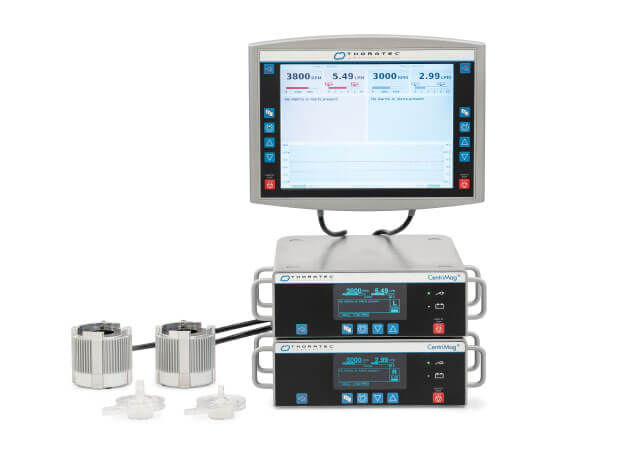
Abstract
While iterative developments have improved outcomes of patients with myocardial infarction, mortality in patients with acute myocardial infarction cardiogenic shock (AMI-CS) remains stubbornly high. Several promising treatments have ultimately failed to pass the bar of randomised controlled trials. Twenty-five years have passed since the last trial evidence to improve outcomes, with early revascularisation showing significant reductions in 6-month mortality from 63% to 50% in the SHOCK Trial.1 Notable neutral studies in this period were IABP-SHOCK II and ECLS-SHOCK, in which randomisation to either the intra-aortic balloon pump (IABP) and extracorporeal membrane oxygenation (ECMO) failed to show incremental benefit over standard treatment.2 3 Current guidelines recommend against routine mechanical circulatory support in patients with AMI-CS.
The publication of the Danish-German Cardiogenic Shock Trial (DANGER-SHOCK) earlier this year was therefore greeted with great enthusiasm.4 The trial randomised patients with STEMI-related CS to either immediate mechanical circulatory support with an Impella CP or standard care. The primary endpoint of death from any cause occurred in 46% of patients in the Impella CP group and 59% of patients in the standard care group, with eight patients needing mechanical circulatory support to prevent one death. As widely acknowledged by the investigators, DANGER-SHOCK patients were highly selected to identify those likely to benefit from mechanical support; patients who were comatose following an out-of-hospital cardiac arrest or had severe right-ventricular failure were excluded. Enrolling the 360 patients required a 10-year recruitment period, indicating the degree of selection involved.
One of the challenges in implementing the findings of DANGER-SHOCK is the need to understand the current landscape of mechanical circulatory support use in the real world. The observational analysis presented by Bogerd and colleagues adds value in this regard. The authors leveraged 4 years of data from the prospective Netherlands Heart Registration, supplemented with retrospective data where necessary. They examined all patients with AMI-CS, comparing those who received any type of mechanical circulatory support against those who did not. Inclusion criteria were broad, capturing all patients undergoing PCI for AMI-CS as determined by the treating clinician. The primary outcome was all-cause mortality at 30 days. Secondary analyses separated outcomes for IABP, Impella and ECMO, as well as combinations of devices.
The results are provocative. It is surprising that despite the absence of randomised data or guideline recommendations, a quarter of patients received MCS, half with IABP and the remainder evenly divided between Impella, ECMO or combination therapy. The main result, that any MCS device was associated with a higher risk of 30-day mortality than no MCS, was consistent across the unadjusted, adjusted and propensity-matched analyses. Escalation in MCS therapy was associated with the highest risk mortality, which doubled in patients who received multiple devices. In contrast to DANGER-SHOCK, treatment with Impella was associated with a 60% increase in the odds of death.
